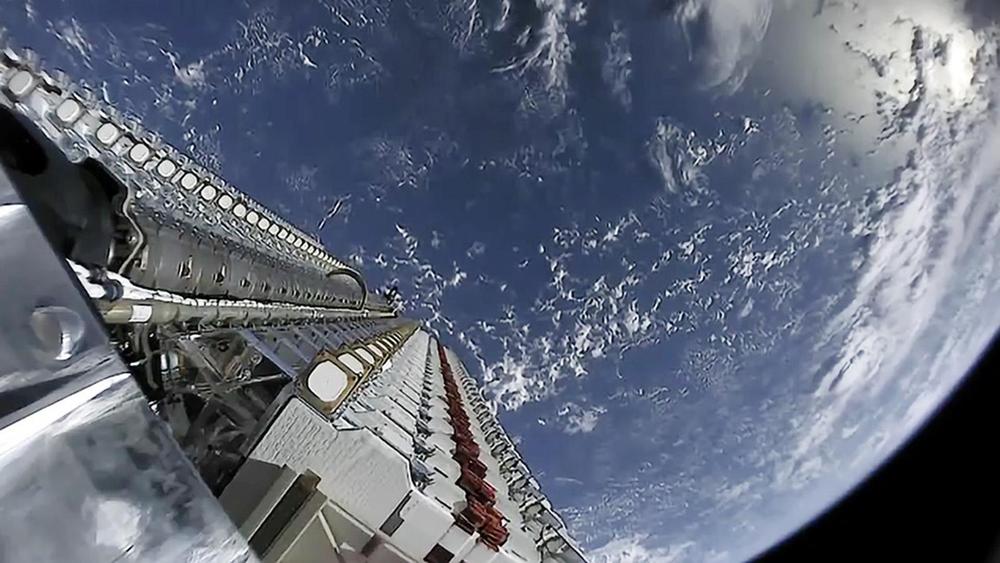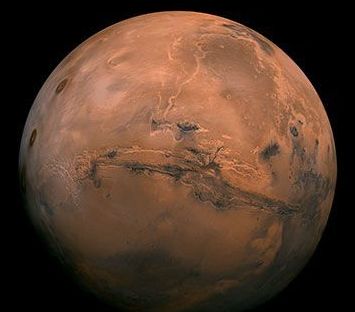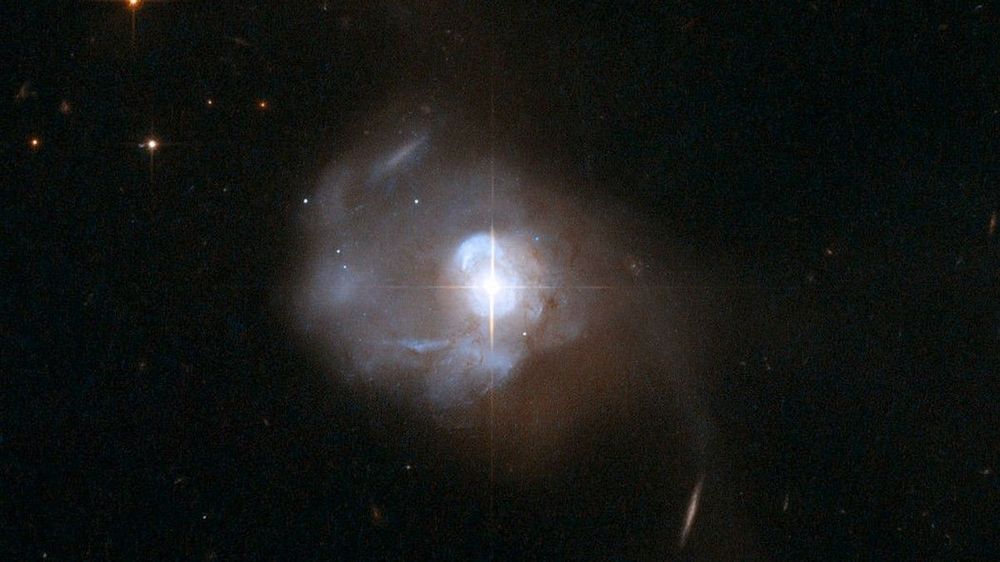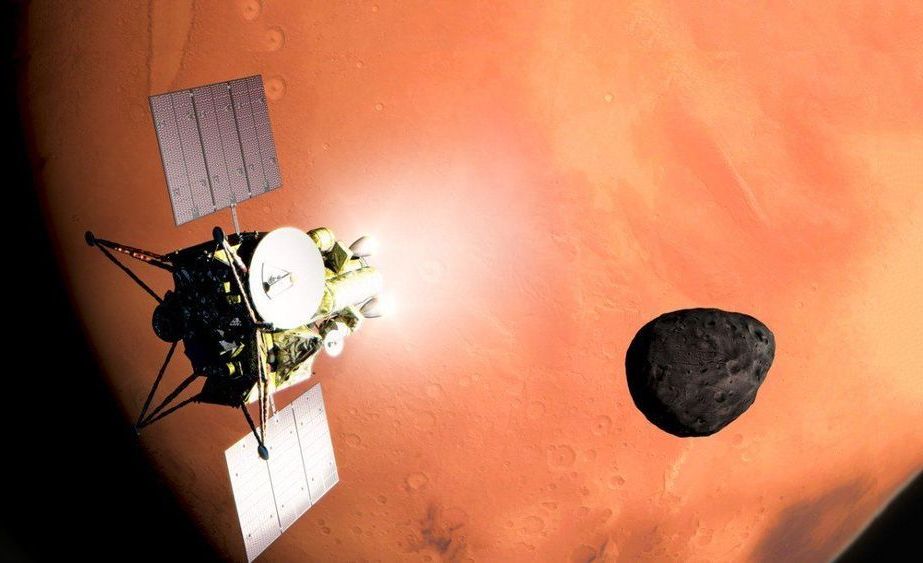Rice University students are developing a research satellite to help alleviate the space junk orbiting our planet.
The OwlSat CubeSat will collect data over the course of one year to see how extreme ultraviolet radiation, which is always emitted from the sun but becomes more intense during events such as solar flares, can alter a satellite’s path in low-Earth orbit, the area where the International Space Station resides. Better understanding a satellite’s orbit can help prevent collisions that can create space junk, said Ryan Udell, president of Rice University’s chapter of Students for the Exploration and Development of Space.
“We don’t have a fool-proof way of mapping orbits,” Udell said. “There are very good predictors out there, but we can’t fully predict it.”









 © Provided by Daily Mail Light wave readings taken at the IRAM 30-meter telescope in Granada, Spain (pictured above) helped scientists detect signatures of molecular oxygen in the Markarian 231 galaxy, the first time the compound has been… For the first time ever, astronomers have identified molecular oxygen in a galaxy outside the Milky Way.
© Provided by Daily Mail Light wave readings taken at the IRAM 30-meter telescope in Granada, Spain (pictured above) helped scientists detect signatures of molecular oxygen in the Markarian 231 galaxy, the first time the compound has been… For the first time ever, astronomers have identified molecular oxygen in a galaxy outside the Milky Way.